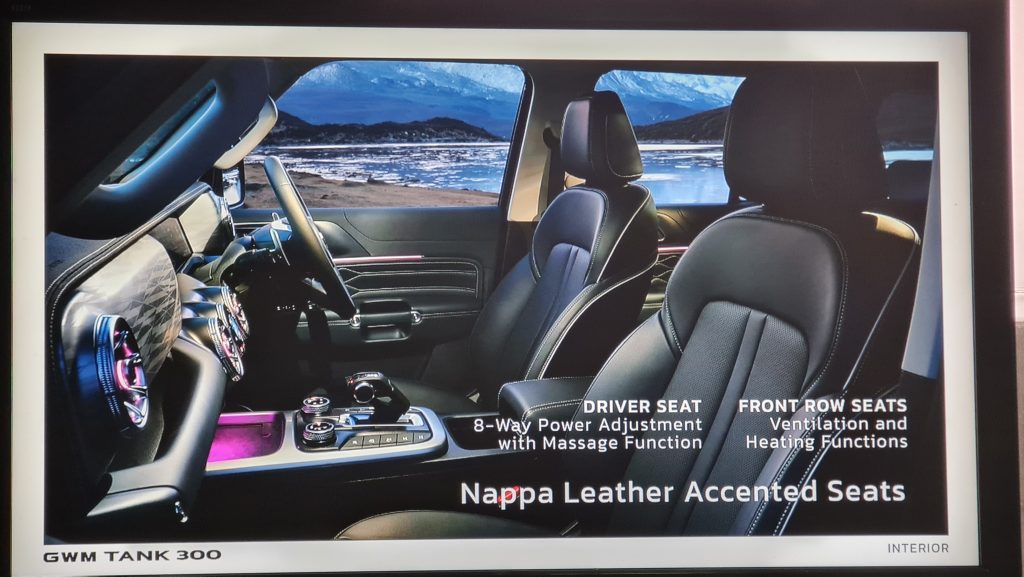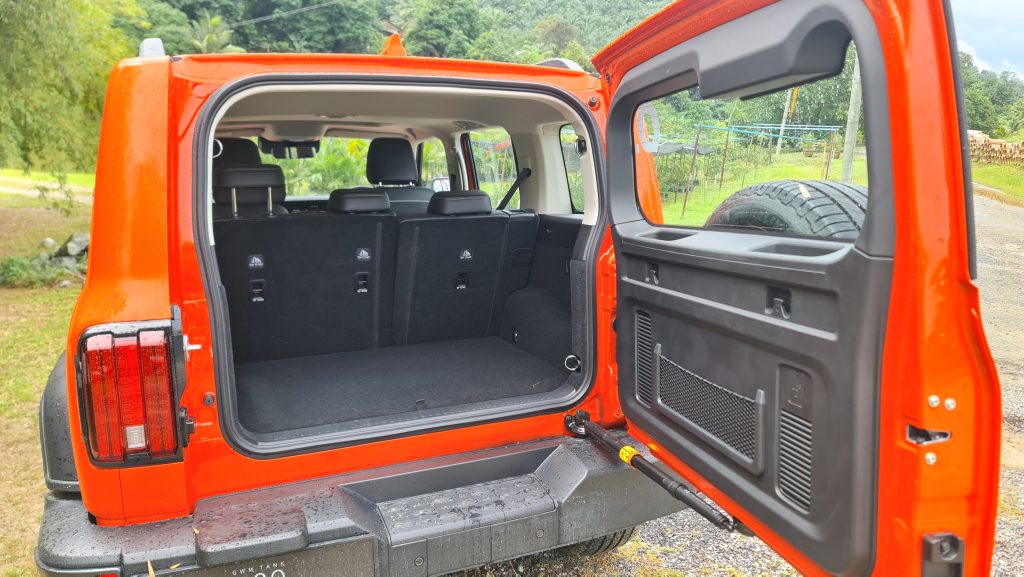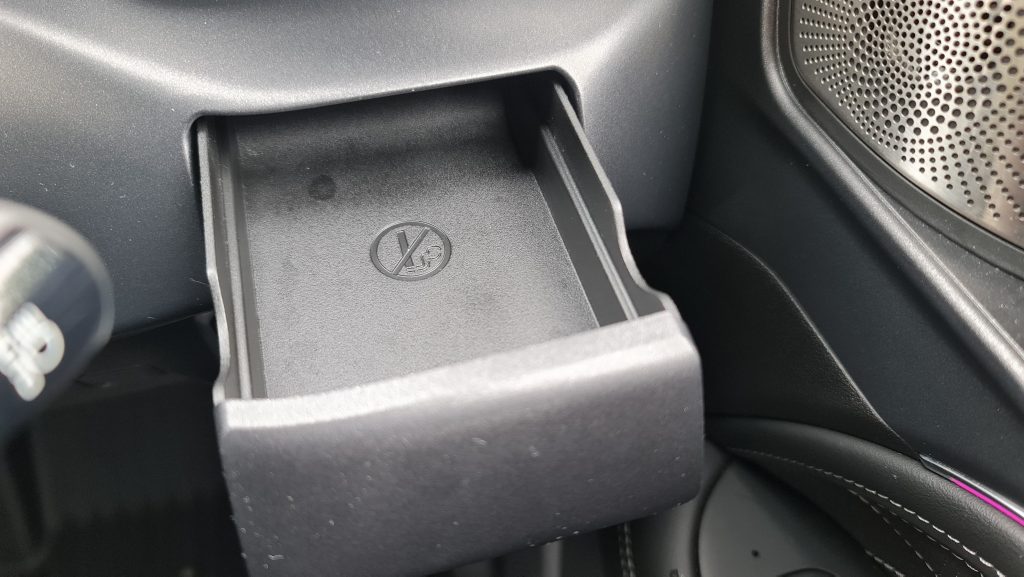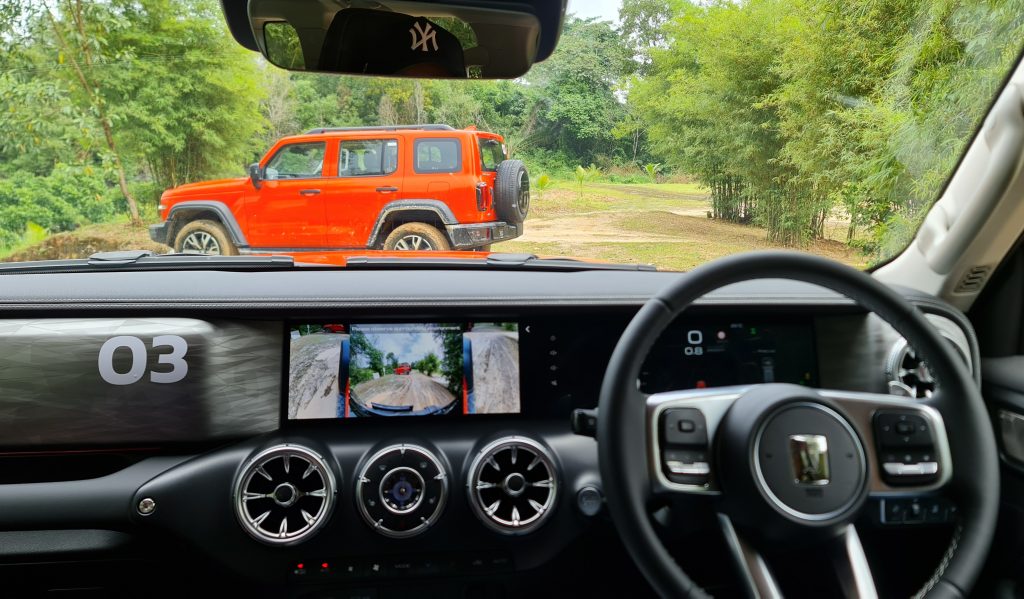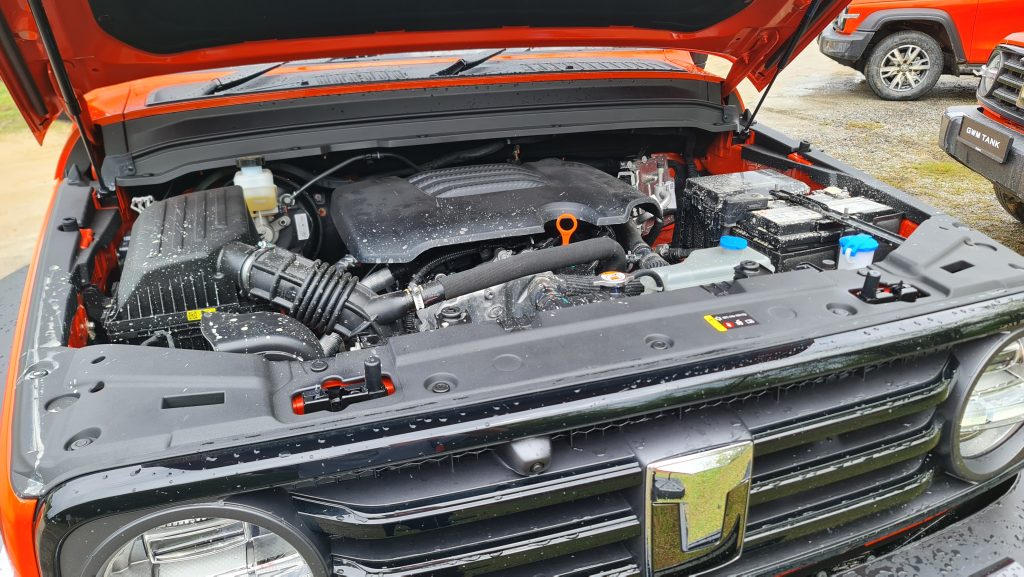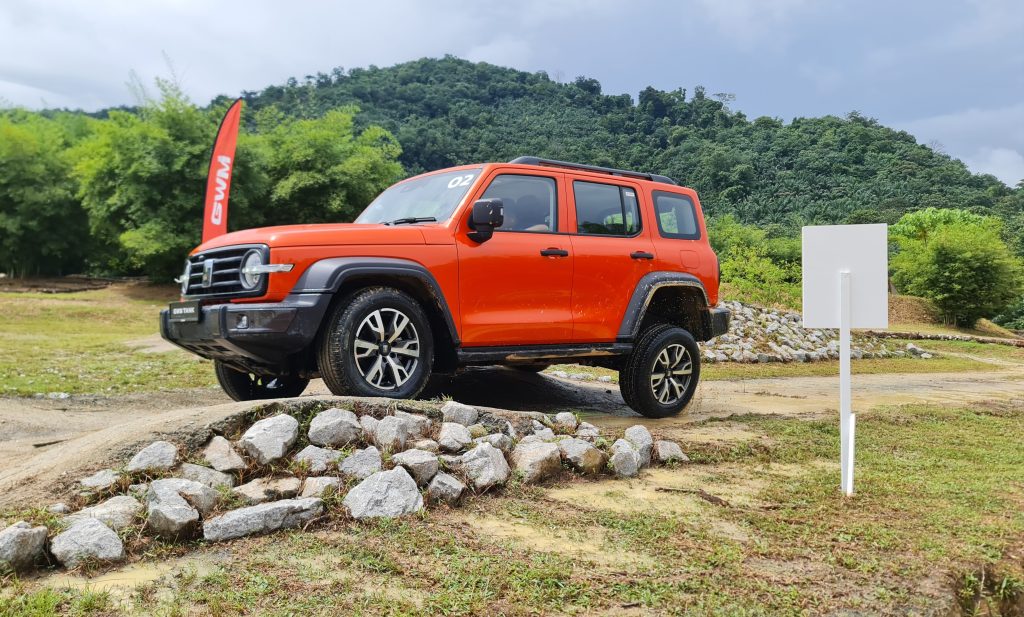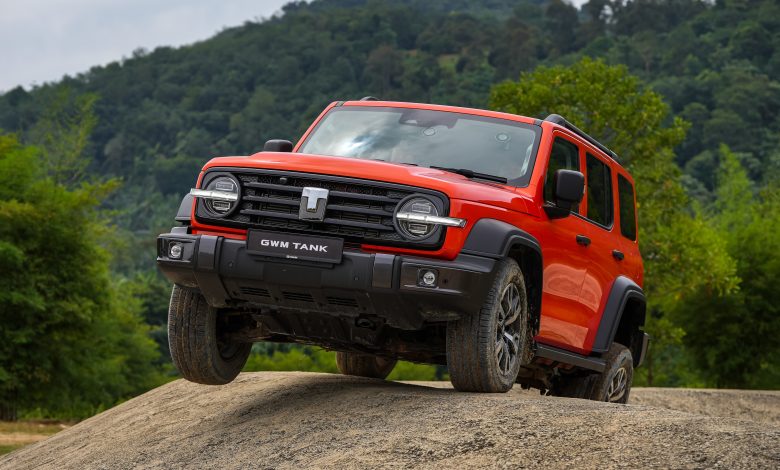
A day spent mud-plugging with the GWM TANK 300 shows it certainly can cash the off-road cheques that its 4×4 looks is writing.
While certainly not wanting to make a habit of it, here is yet another review of a GWM product that may not be wholly representative of the typical use by most of its buyers. But as the Chinese automaker had once again graciously extended the invitation to spend a morning out playing in the mud at M4TREC with their new Tank 300, it would be a tad unprofessional to not at least say a few things about how this off-roader performed.
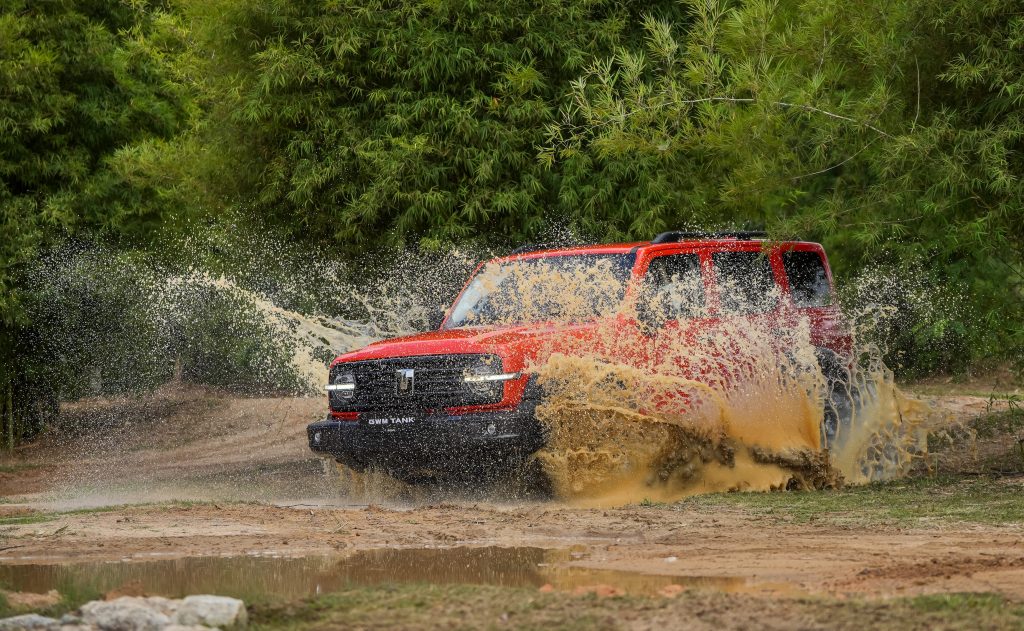
Before getting to all that fun in the mud however, let’s take a quick aside first to discern what exactly makes the Tank 300 more off-road ready relative to any other conventional road-biased SUV on the market today. And that distinction from convention really starts right from the ground up, as this Chinese Wrangler copy is still to be an old-school body-on-frame vehicle, featuring separate rugged ladder chassis underneath.
What more is that as the 4L icon on the selectable all-wheel drive dial in its centre console indicates, the Tank 300 is also one of the few SUVs on the market in Malaysia to net a proper low-range transfer case. Though perhaps more impressive than that is for this SUV to net BOTH front and rear diff locks as well, with pretty much the only other vehicle in this price bracket to match this being the Ford Ranger Raptor.

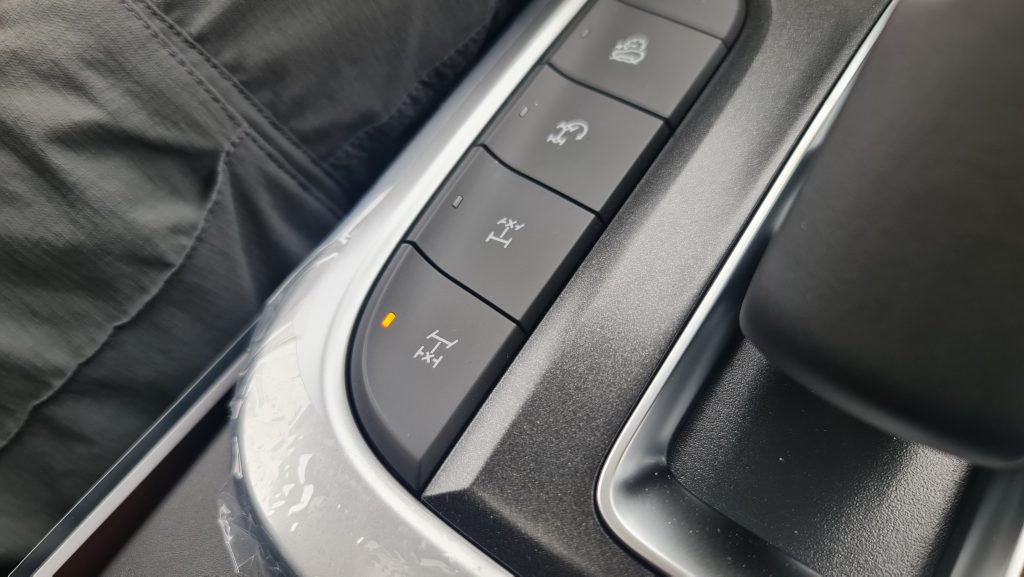
Aside from sporting some serious off-road hardware from the factory too, the Tank 300 has been stuffed with a bevy of cool tech toys to make the trek off the beaten path that little bit easier. This wide array of gadgets not only includes the 9 selectable off-road driving modes to choose from, but also the novel Tank Turn Assist (which brakes an individual rear wheel to make tight turns that little bit easier) and the Crawl Control Assist low-speed off-road cruise control to boot.

So now having known that this Tank 300 has all the right 4×4 kit, it therefore comes the question how it actually performs off-road IRL. And well, the answer to that is somewhat unsurprisingly: pretty darn well!

The Tank 300’s 2.0-litre turbocharged petrol four-cylinder’s 227 PS and 380 Nm of torque was after all more than sufficient to see it plow through all the off-road obstacles that was thrown its way, and this included an incredibly slippery 30% incline up a muddy slope. All that was needed for the Chinese 4×4 to scrabble its way up what even some mountain goats will not have attempted was simply slipping into 4L and lock both sets of diffs, before a boot full of throttle sent it along its way to the top.

Thanks to short overhangs on either end and relatively high ground clearance of 224 mm meanwhile, the Tank 300 further impressed by having sufficient angle and articulation to manoeuvre its way through all the off-road obstacles prepared. The rather cool Tank Turn Assist feature is worth singling out for particular praise here too, in making this rather large SUV capable of some remarkably tight hairpin turns.
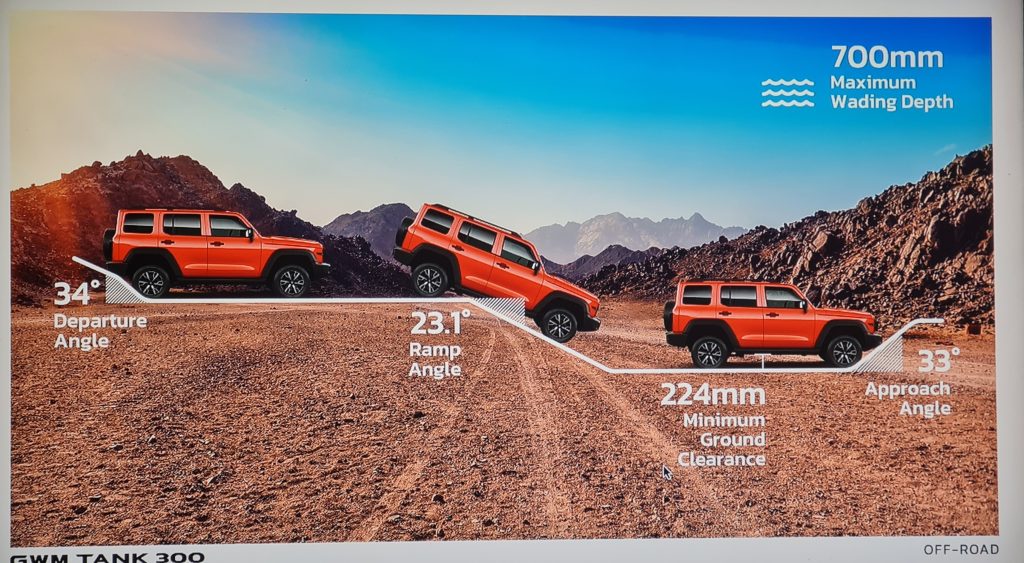


One small gripe however when it came to manoeuvrability was that the hump on its hood did make it slightly hard to accurately judge exactly where the front left edge of the Tank 300 was, but the standard 360° camera (with transparent chassis feature) certainly helped alleviate that problem somewhat. Incidentally, the steering angle lines shown on the feed was somehow extremely helpful to a novice off-roader (like this writer here) in knowing where exactly the front wheels are pointing, say when traversing through a gully or driving up a berm.

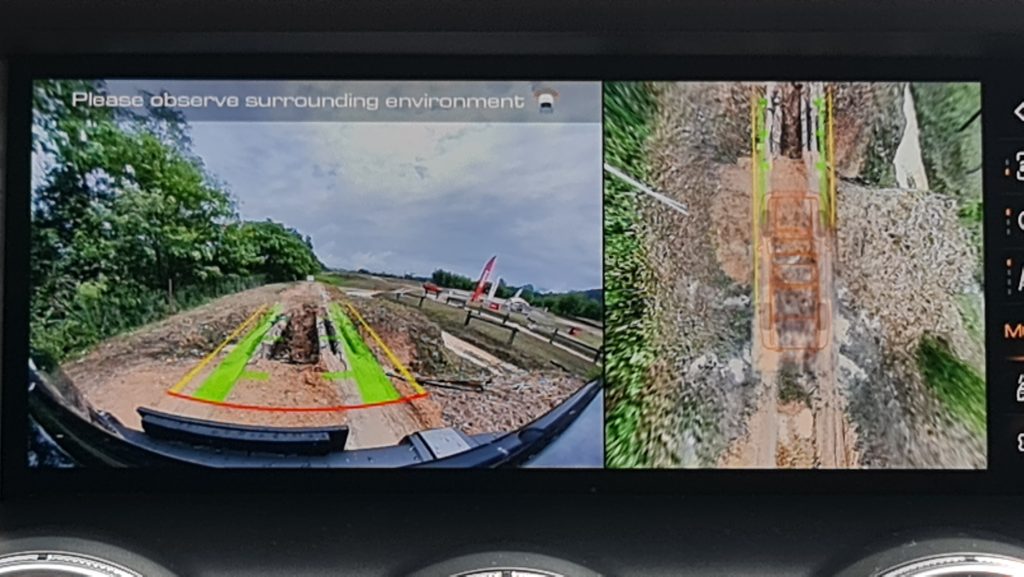
In speaking to the professional instructors on the course that day on the other hand, the only complaint they had with this car when it came to off-roading was for it to have come wearing a standard set of road-biased tyres. Stick a set of all-terrains on it they said, and this could potentially give even a Land Rover Defender a run for its money out on the rough stuff.
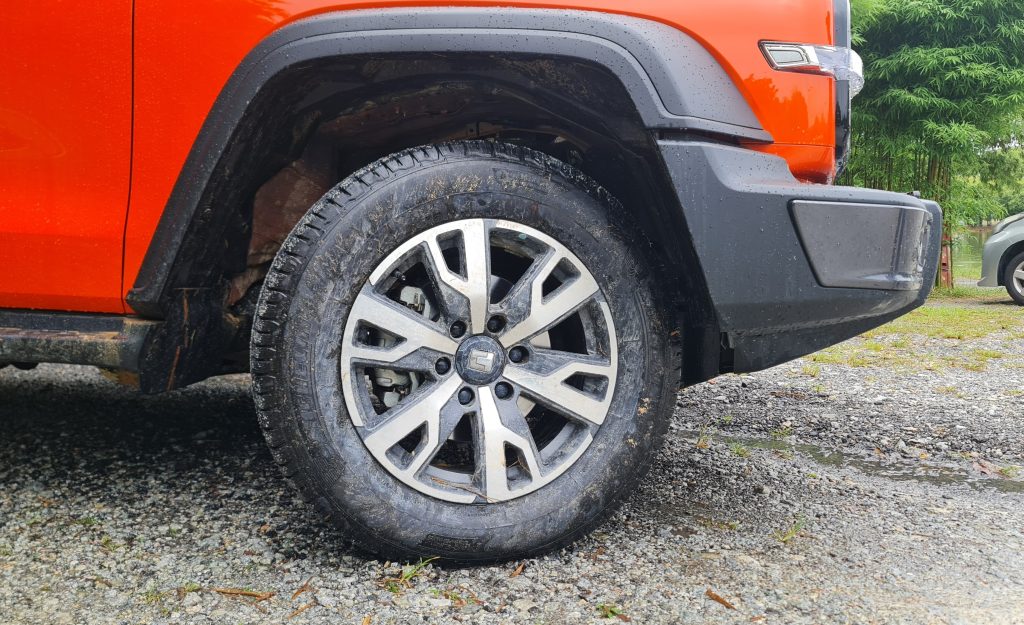
And while on the topic of the Land Rover, where the Tank 300 actually shines off-road is just how comfortable and refined it is to be within when doing just that. Its surprisingly supple suspension sees for driving through the deepest of water-logged moguls to feel no more uncomfortable than hitting a small pothole when out on the road in a normal car, with its surprisingly plush leather-wrapped front seats (which are incidentally heated, ventilated and have massaging functionality) further helping insulate any unpleasant jolts from one’s arse.


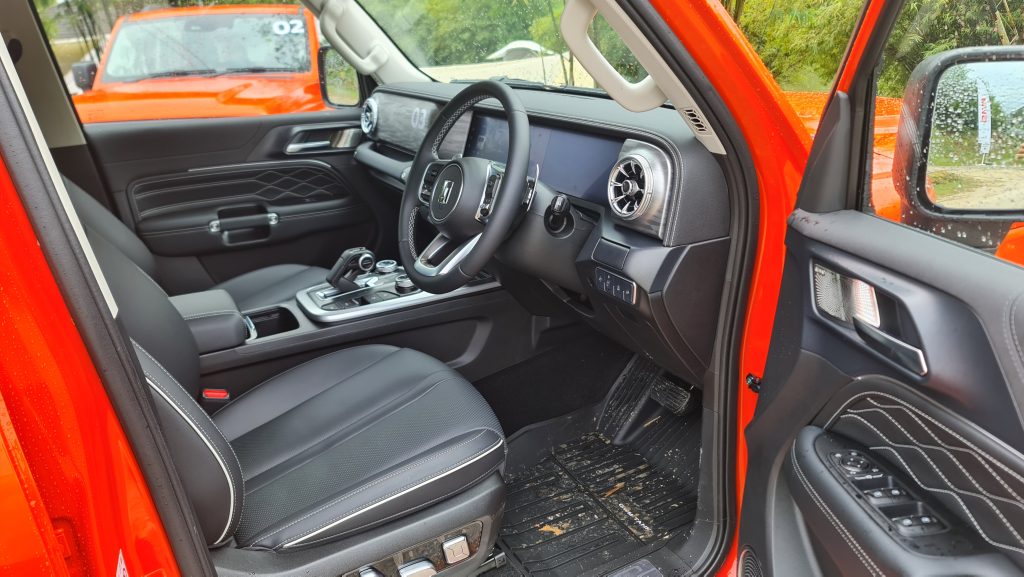
Now aside from its seats too, where the Tank 300’s insulating qualities are evident is in its much-touted ‘ultra-quiet cabin’, which actually more than reasonably lives up to that name too. The rain that fell while out on the off-road drive with this 4×4 did little more than make subdued pitter-patters on its roof, while the petrol power plant up front transmitted very little noise, and perhaps more surprisingly for a supposedly rugged off-roader, very little vibration to within its interior.
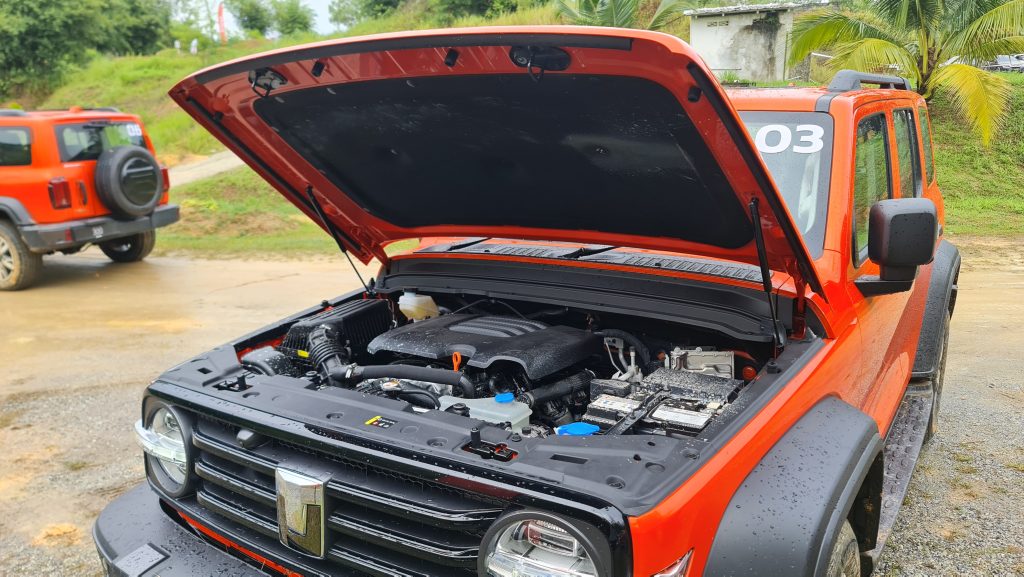
Just to continue the commentary regarding its interior here for a little bit more as well, the use of decent-quality materials and relatively good build quality of its cabin certainly helps create a positively premium first impression upon getting into the Tank 300. The abundance of physical, tactile buttons within for everything from climate control to drive mode settings should also be something worth praising regarding this 4×4.
More time will be required with it however before properly passing judgement on how exactly all the many, many tech toys within (like the 9-speaker Infinity sound system and Level 2 ADAS suite) actually perform in real life. Likewise, it still remains to be seen how the Tank 300 actually manages out in the concrete jungle, with a full on-road review likely forthcoming in due course.
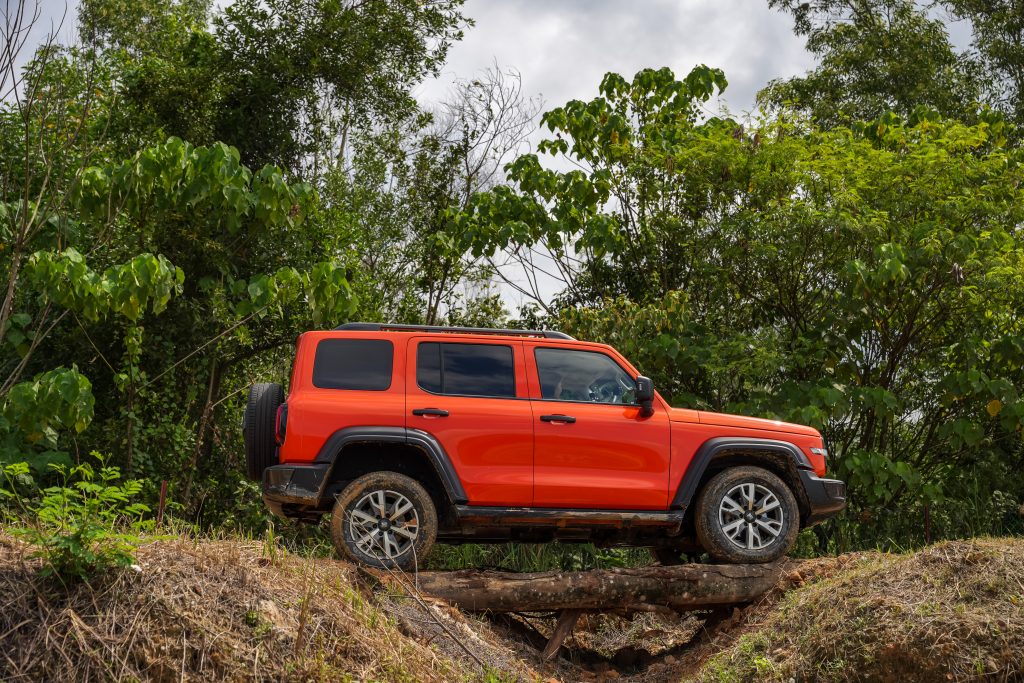
In any case though, the little time spent with the Tank 300 during this little off-road excursion is sufficient to conclude for it to have enough 4×4 chops as well as creature comforts, something that 4×4 enthusiasts in Malaysia could potentially consider as their combined weekend adventurer and daily commuter. Or to put it more bluntly given its styling, it is a good enough substitute for those looking to live the Wrangler life over here, but with an official local warranty.
For those who really want to live the true Wrangler life though, it should be noted that the upcoming BAIC BJ40 Plus comes with removable roof panels and a flip-down windscreen.
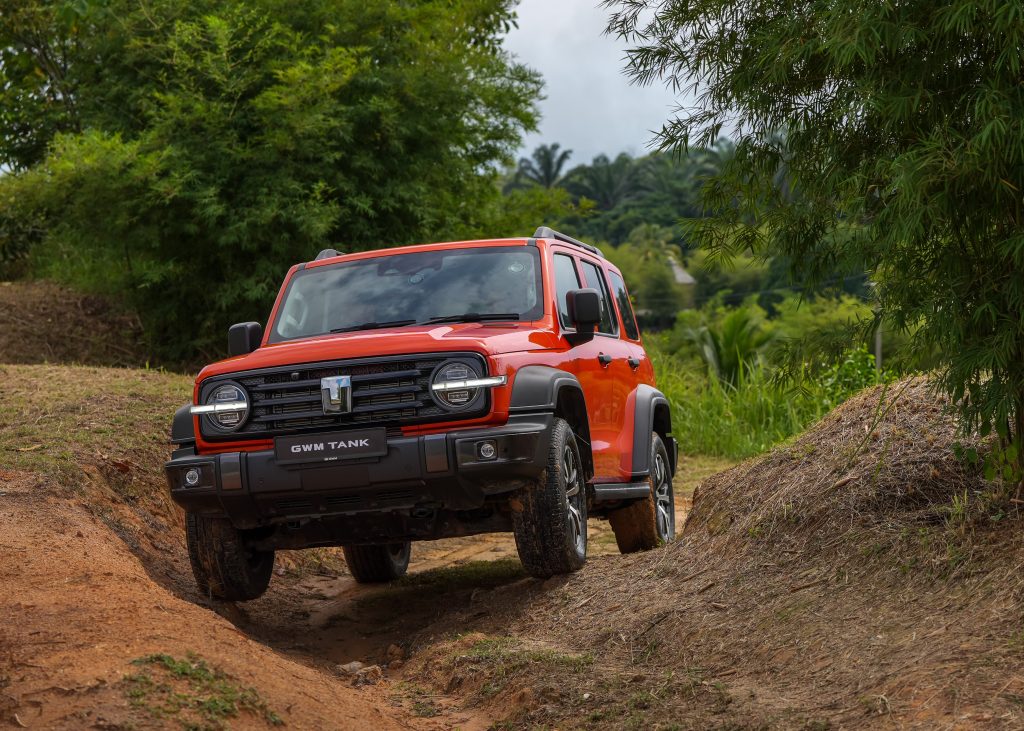
Odds & Ends
- While the Tank 300, like any other self-respecting off-roader, has doors that cover its sills to prevent any grime collected from off-roading getting onto one’s trousers when exiting the vehicle, it also has extremely pronounced side steps that hence sees for muddy pant legs being an unfortunate inevitability.

- While not exactly the most subtle of colours, having an orange off-roader certainly makes it easy to spot out in the wild.

- There is to be a neat scallop on the roof of the Tank 300 right where the rear occupants’ heads go, which helps in increasing the rear headroom within this boxy 4×4.
- The Tank 300’s ‘aviation-style’ gear shifter is admittedly a rather cool-looking thing, but having the shift unlock button on its side certainly took a while to get used to.
GWM TANK 300 Technical Specifications
Engine: Inline-4, Petrol, Turbocharged
Capacity: 1,998 cc
Gearbox: 8-speed automatic
Max Power: 220 PS @ 5,500 rpm
Max Torque: 380 Nm @ 1,800 – 3,600 rpm
Top Speed: 175 km/h
Price: RM 250,000





